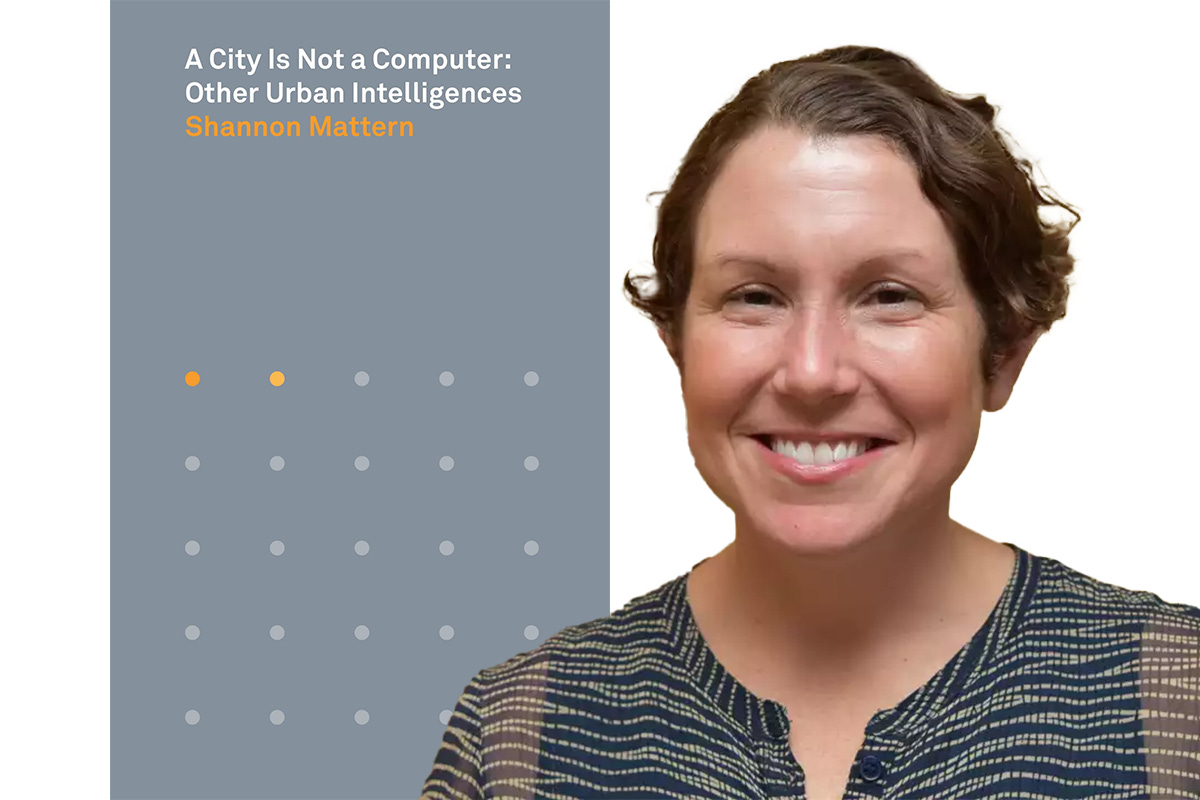Here’s a great interview. I was able to speak with Shannon Mattern—Professor of Anthropology at the New School for Social Research—about her book, called “The City Is Not A Computer:…
Keep reading with a 7-day free trial
Subscribe to Exasperated Infrastructures to keep reading this post and get 7 days of free access to the full post archives.



